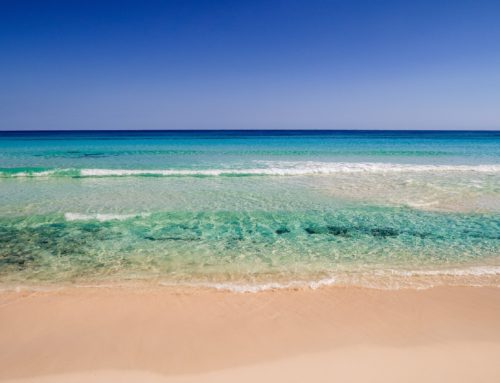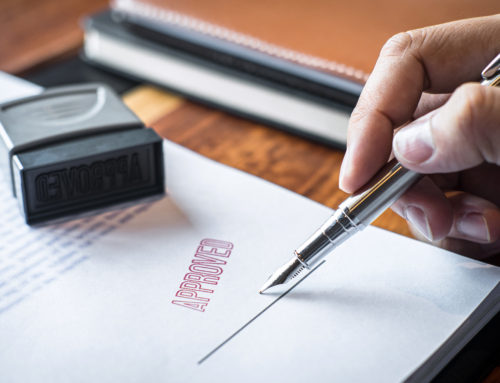
One thing you should note about seawall repair within The Florida Keys is that it really doesn’t happen. Because most of the seawall exists below the water, once the seawall begins to deteriorate, the typical trend is to simply let it worsen until the time comes to replace the seawall completely. It is almost never cost-effective to conduct a seawall repair in a way that would provide the sort of longevity that simply replacing the seawall would do, so replacement is typically the preferred method. That being said, there are a few things about seawall repair and replacement that you should know about.
Vinyl
Assuming you simply bypass seawall repair and go straight into replacing it, you first need to ask your contractor what type of wall they are going to replace your current one with. There are several types to choose from, each with its own advantages and disadvantages.
For instance, there are vinyl seawalls that are made out of a corrugated plastic sheet product and are relatively new. This means that the exact longevity hasn’t had time to be properly tested, but it is expected to last for a very long time. On top of that, it still requires concrete pilings. However, an advantage of vinyl is that it cannot rust or deteriorate in ways that steel or concrete might. Pair this with its aesthetic appeal, and it is a prime choice for replacements.
However, it is important to know that vinyl seawalls can only be used in certain applications. You must have a minimum of 10’ of mud at the canal bottom prior to hitting caprock.
Steel
Steel seawalls are made out of corrugated steel sheet products and are incredibly strong. They can stand on their own without the aid of piles in front and are durable enough to last for extremely long periods of time. These seawalls can also be driven into caprock, so if you have caprock close to the surface it is the best option for a wall because it is strong enough to burrow into the rock and prevent erosion underneath the wall. The only major downside with steel is rusting that occurs, but there are measures that can be taken to slow down that rusting rate. Rust won’t actually prevent the seawall from doing its job—it will still last fifty to sixty years—but it can be visually unappealing. If you’ve got the budget, steel is an excellent material to invest in, as it won’t require much seawall repair for many decades.
Concrete
Concrete seawalls are made out of concrete piles and slabs with soldier piles that go in front of the slabs. Each seawall will use concrete caps, so they will have that regardless. This is typically the cheapest method of seawall replacement when compared to plastic and steel. You wouldn’t want to use concrete in areas where caprock is low because it will become susceptible to erosion underneath the wall. If you know you will need to undergo seawall repair soon, using concrete to replace it might be worth considering.
Built to Last
When the time comes that your seawall needs to be repaired, it may be better to simply replace the wall entirely. By keeping these three types of seawalls at the forefront of your mind, you’ll have all the knowledge you need to create a new seawall that not only gets the job done but lasts for decades upon decades without fail.
Want to know more about seawall repair and replacement? Rapid Permits and Engineering has all the experience in The Florida Keys that you’ll ever need. Just give us a call at 365-916-1400 and contact us today to get started!





